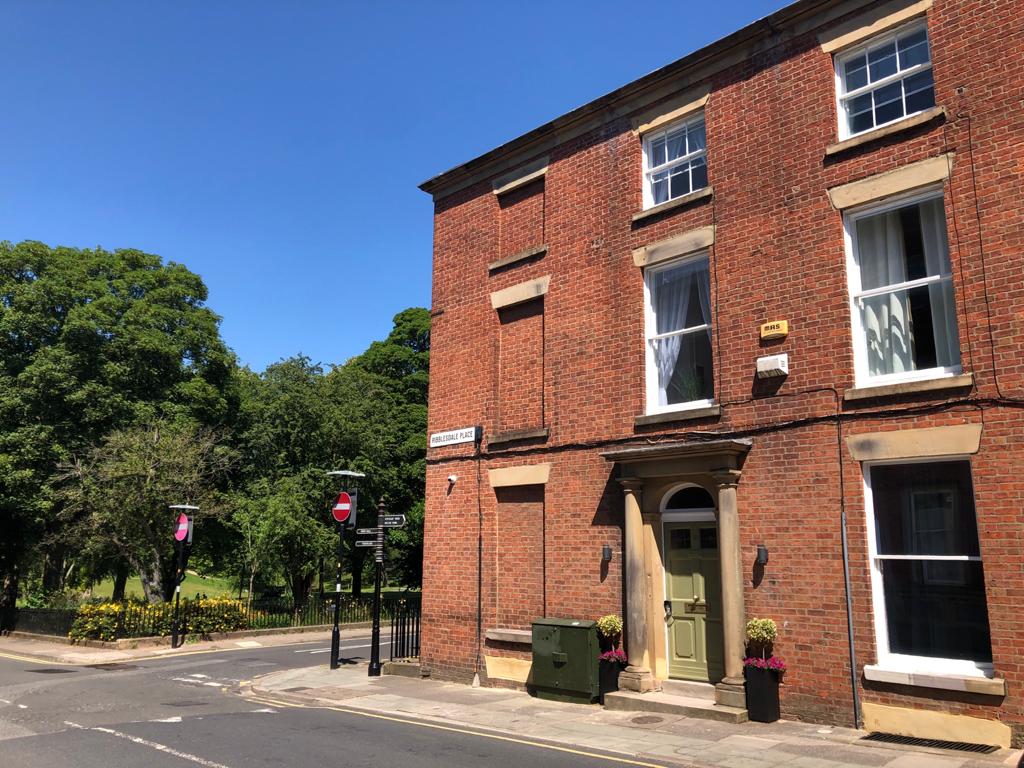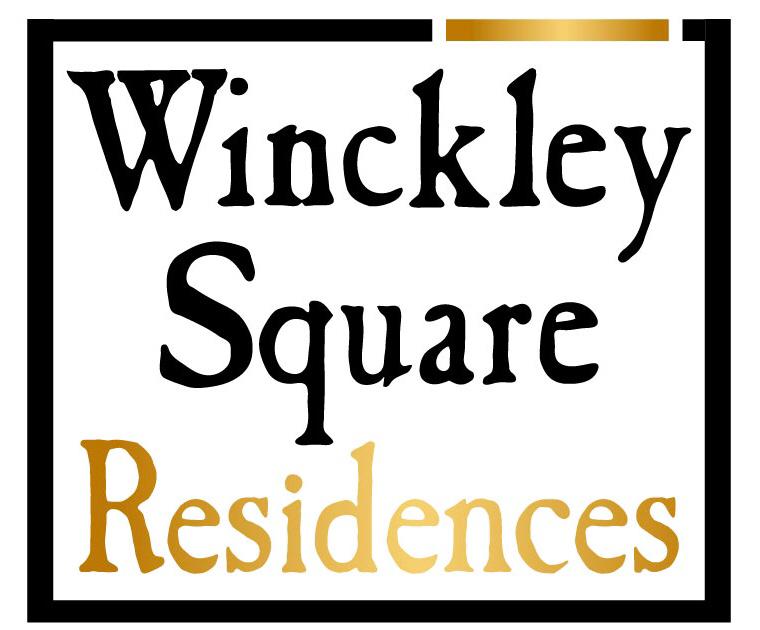OUR HERITAGE
Our Heritage
Winckley Square Gardens
Established over 200 years ago in 1801, Winckley Square Gardens was originally intended for the rich, as an exclusive oasis of greenery and calm, at the heart of a rapidly industrialising and polluted Preston.
Funded mostly by merchants who had become rich due to the Industrial Revolution which had transformed Preston in the preceding decades, many of Grade II listed townhouses adjoining the Gardens represent magnificent examples of Georgian architecture.
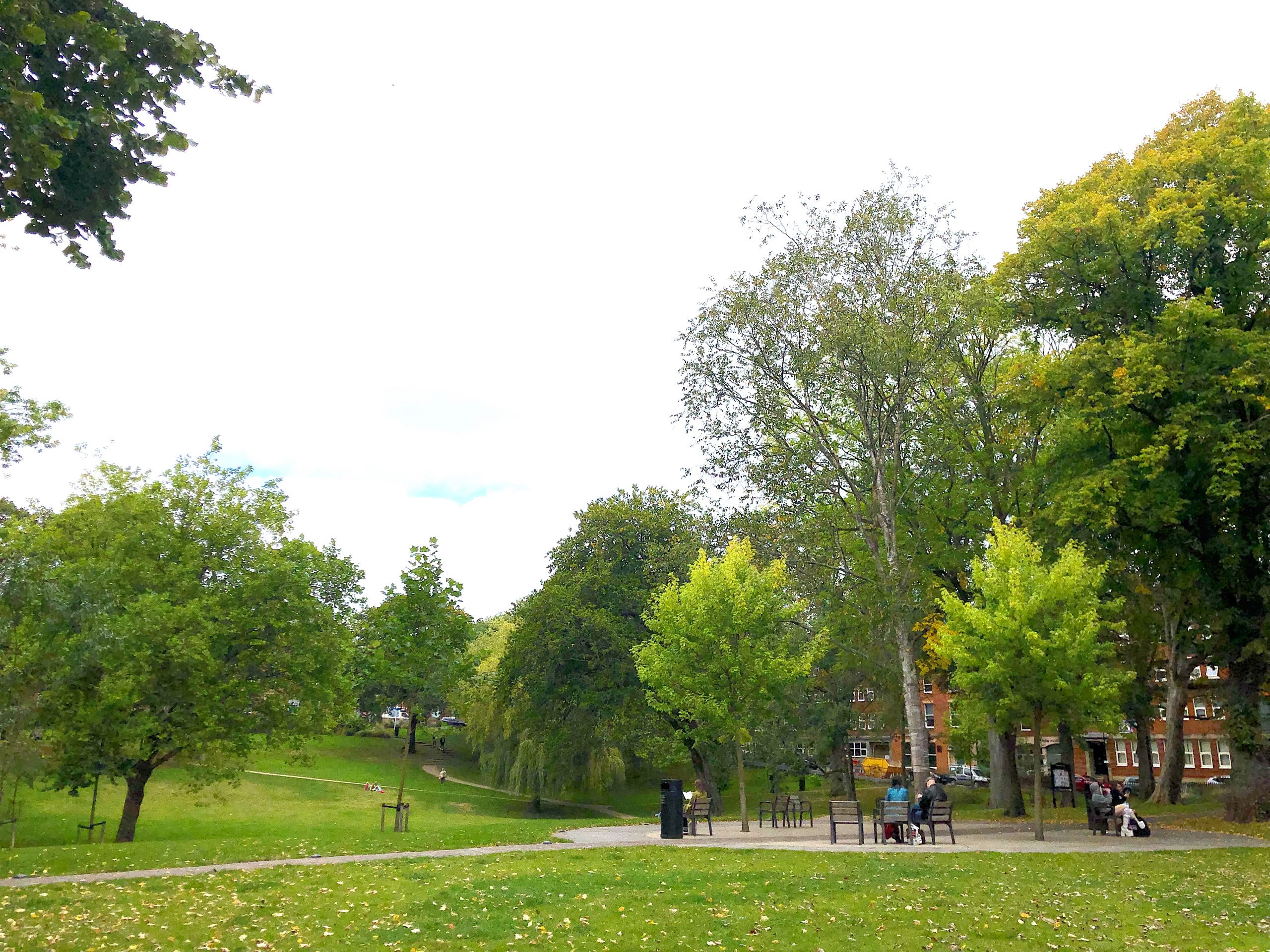
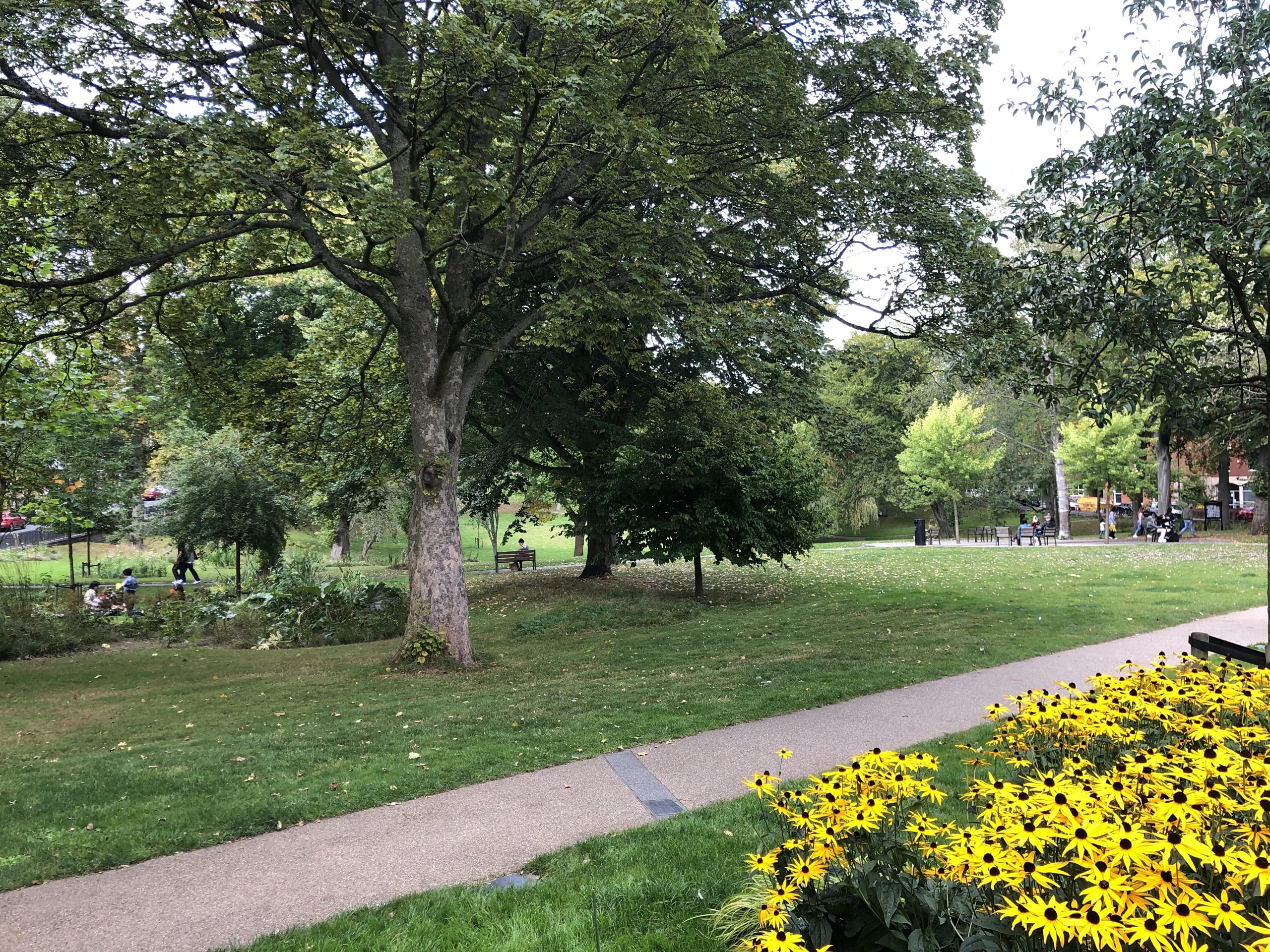
Inspired by the elegant Georgian squares gracing some of the newly gentrified central districts of London, Winckley Square Gardens is today recognised as one of the finest surviving examples of a Georgian square in the whole of the north of England.
You can learn more about the history of Winckley Square Gardens, it’s surrounding buildings and it’s many famous residents by clicking here.
Winckley Square Residences
Winckley Square Residences are located on the southern flank of Winckley Square, within two Grade II listed Georgian townhouses originally constructed in c.1825. Many residences face directly onto Winckley Square Gardens.
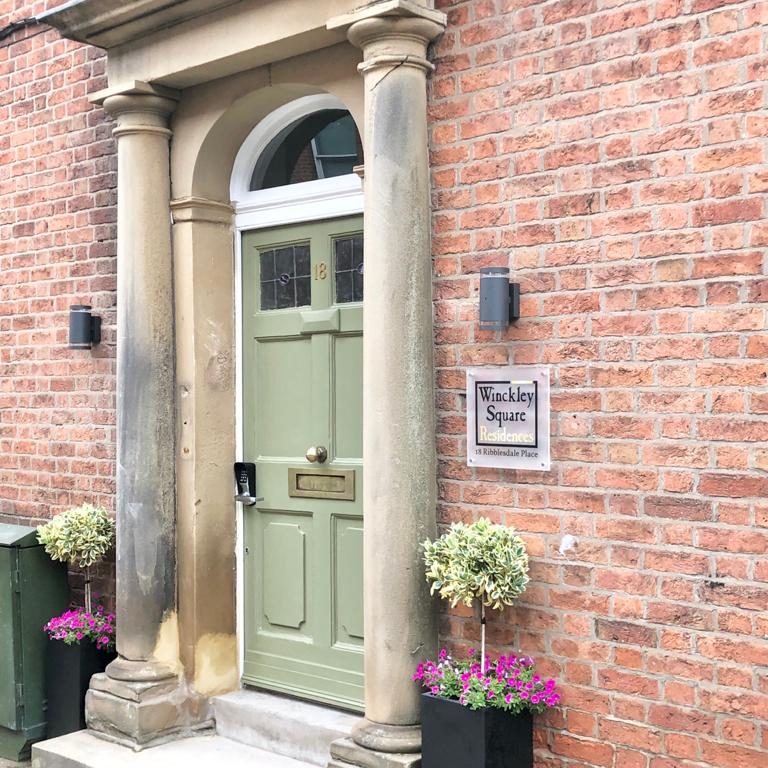
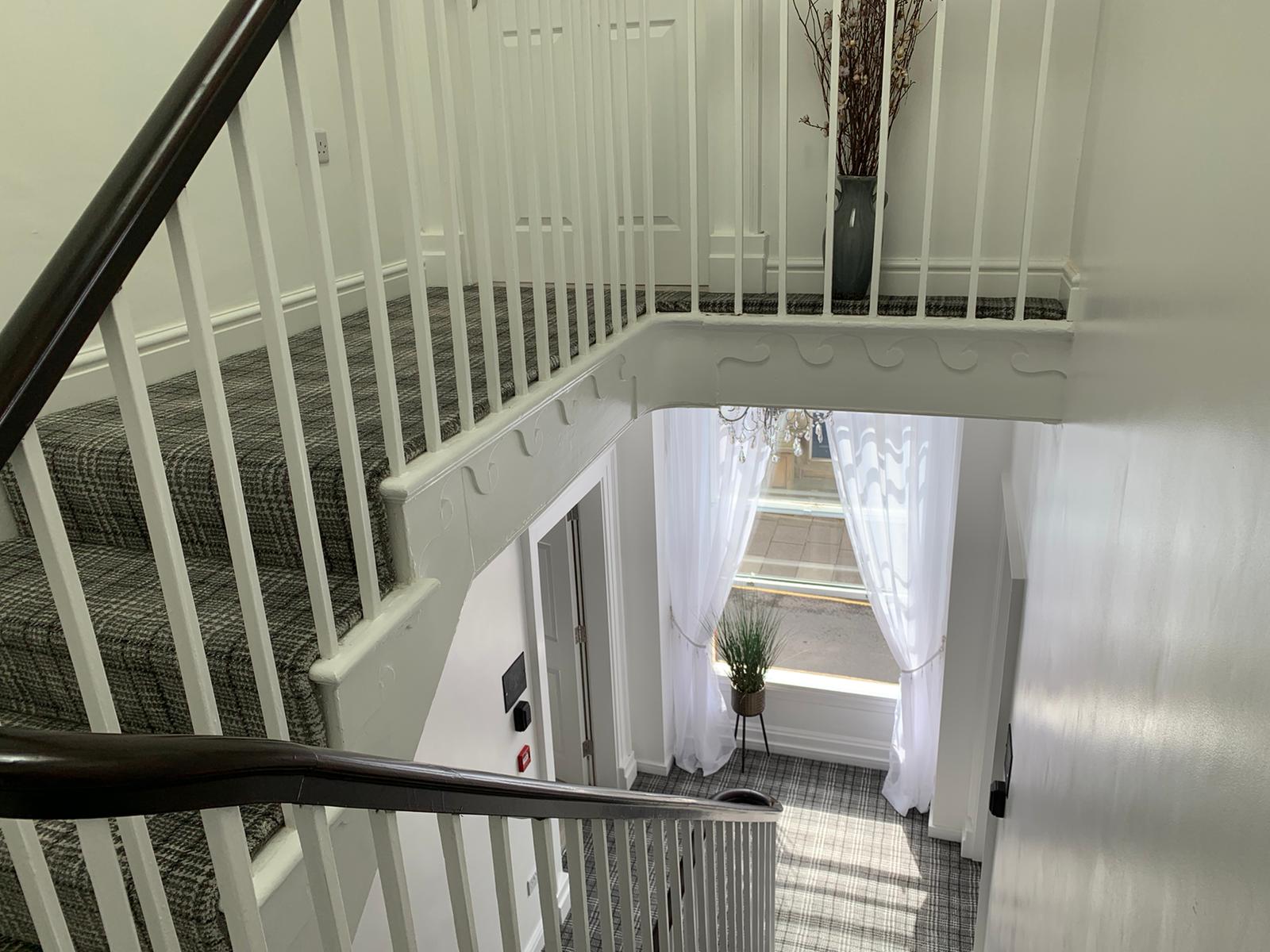
Our listed Georgian features include original wooden sash windows & stone lintels, as well as marble fireplaces & moulded plaster cornices.
The two main entrances feature Tuscan semi-column external doorframes with panelled doors and elliptical fanlights, whilst the two dog legged staircases boast original stick balusters and solid mahogany handrails.
You can learn more about their listed status by clicking here.
Blinded Windows
Our townhouses have a highly unusual feature of blinded windows, where the original window awning was intentionally bricked across.
This ‘blinded window’ architectural style developed in response to an earlier need to reduce the amount of ‘window tax’ payable. The more windows a house had, the greater the tax due. A former Prime Minster, Pitt the Younger, had tripled this window tax in 1797 to fund the Napoleonic wars.
This tax hike led to large numbers of windows in houses across the country being ‘bricked up’, so as to reduce the amount of tax due. This practice became so widespread that it eventually established its own architectural style, which is reflected in our townhouses.
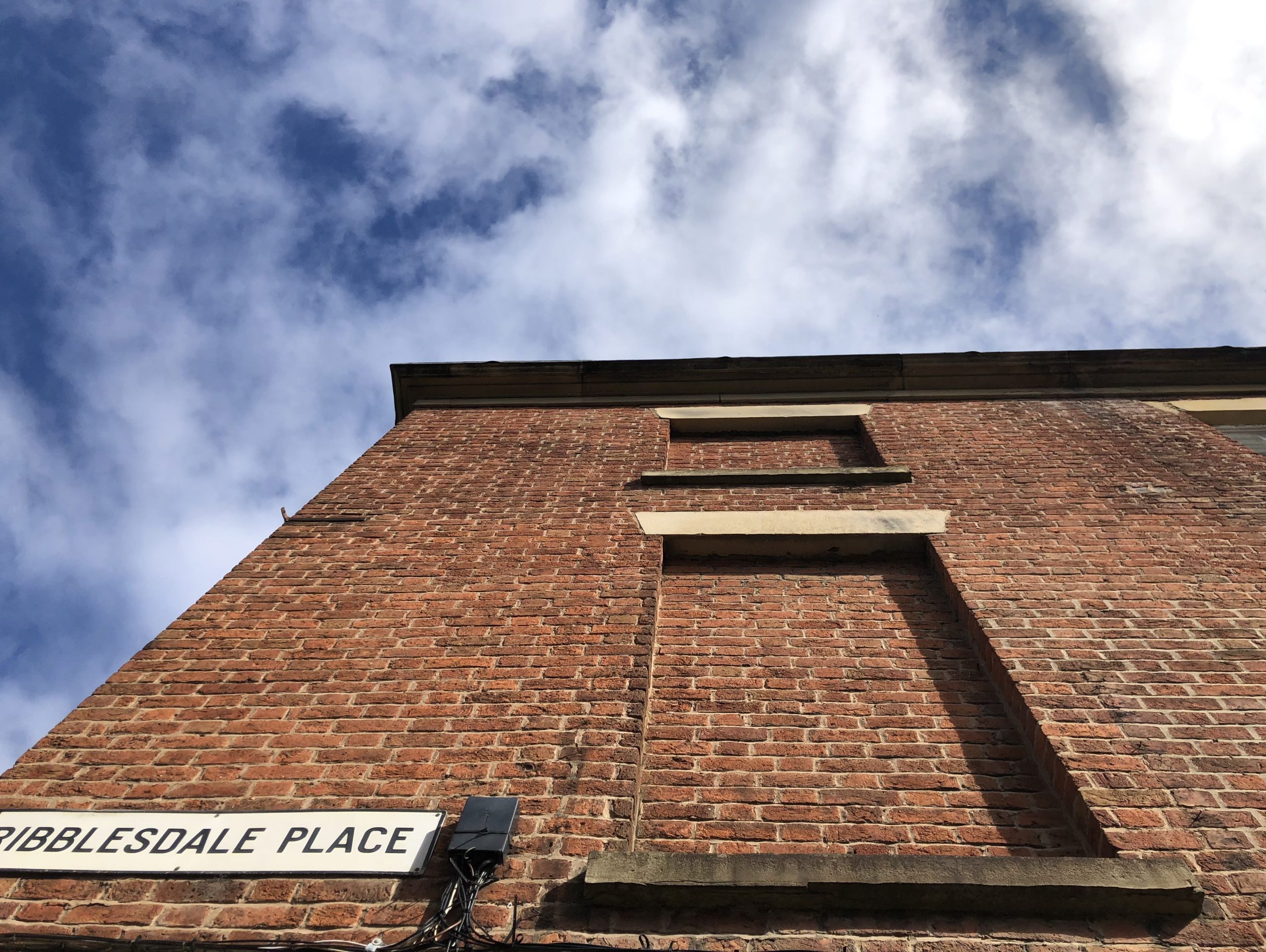
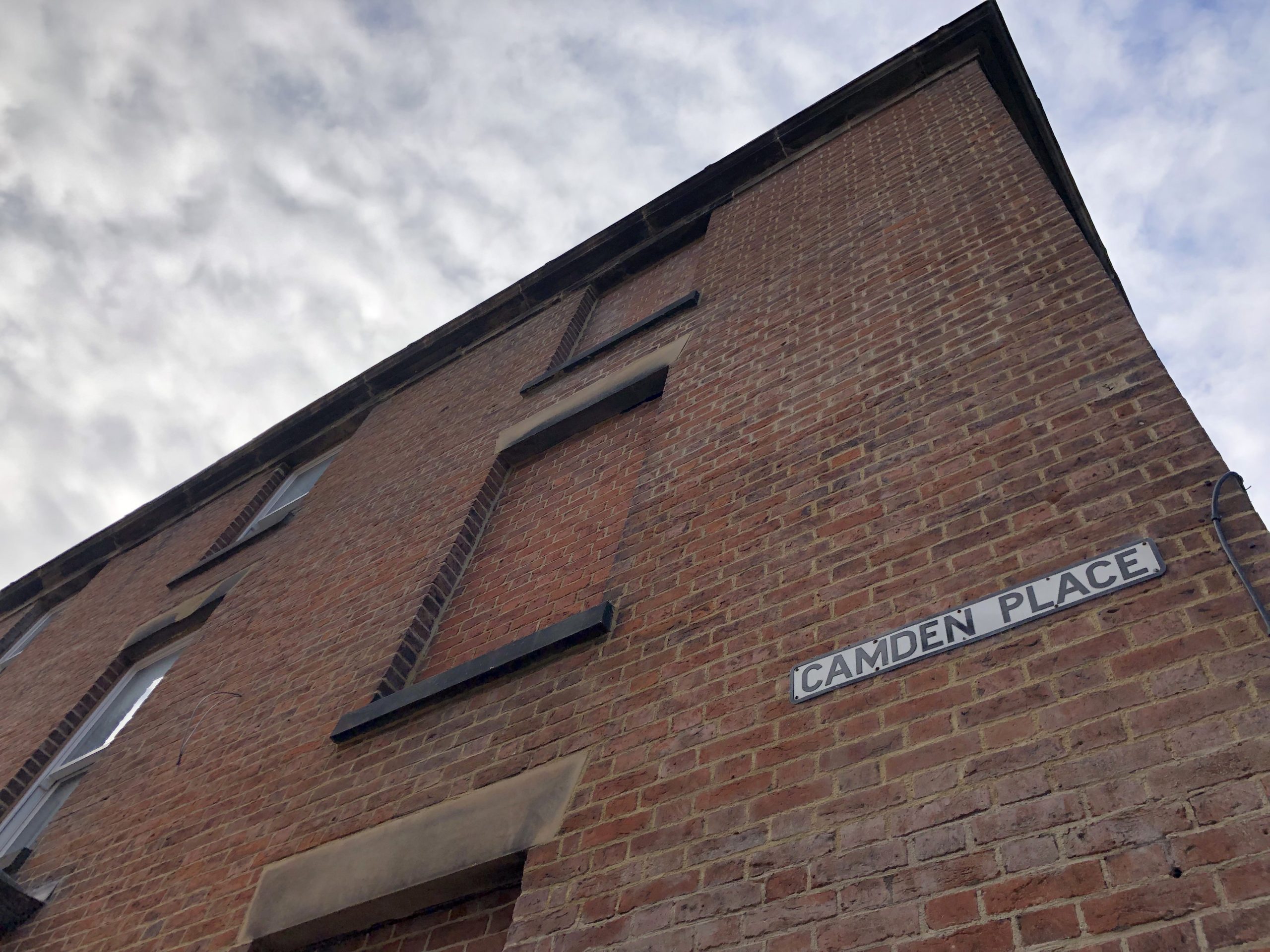
The window tax was abolished in 1851, following widespread protests, including from the famous author Charles Dickens himself, who memorably stated ‘neither air not light have been free since the imposition of the window tax’. The ‘blinded window’ feature, along with the Georgian architectural style had by then been replaced with the newer trends of the Victorian period.
Our ‘blinded windows’ are perhaps the best surviving example on Winckley Square. They are a fascinating reminder of the drastic measures people take to reduce their tax bills!
You can learn more about the history of window tax at Winckley Square here.
Camden Place
5 Camden Place, was originally built by Mr. Thomas Leach, a merchant trading in haberdashery, hosiery and drapery, through his shop on nearby Fishergate high street.
Thomas was widely recognised as a leading local businessman, with his trading cards and details held in a collection of prominent merchants at the British Museum in central London.
Thomas built two townhouses at 5 Camden Place, a larger house for himself and his family and a second smaller townhouse as an adjacent servants quarter.
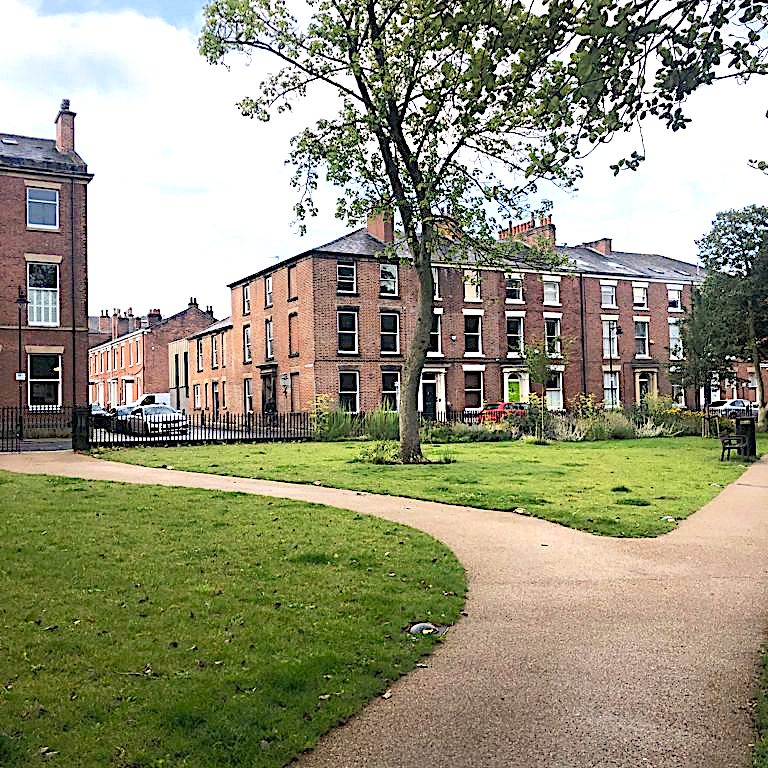
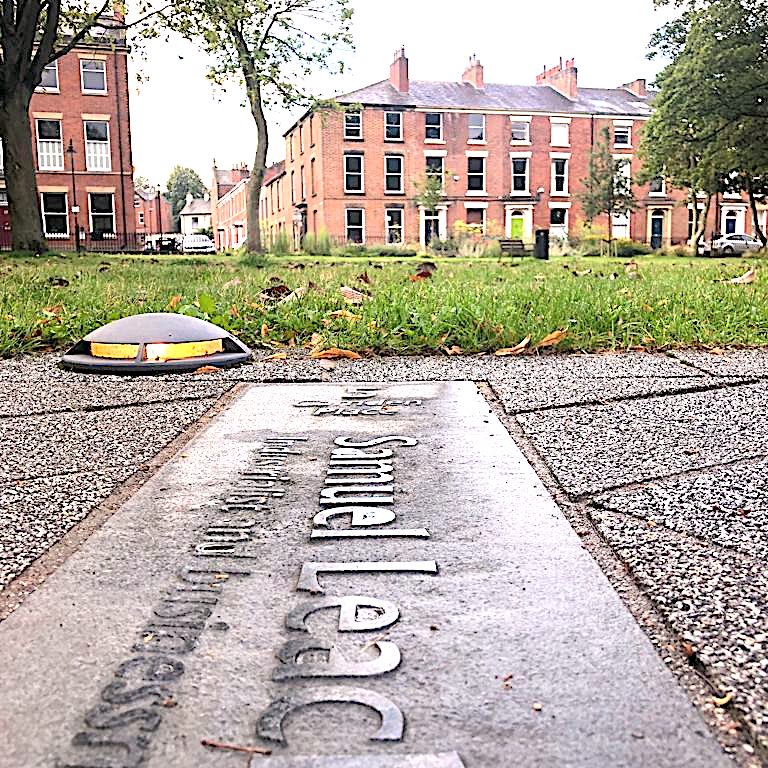
Today, this townhouse will host five of our beautifully restored Winckley Square Residences, with the other five hosted at 18 Ribblesdale Place.
Samuel Leach, one of the four children of Thomas and his wife Isabella, would in his later years, fondly recall memories of happy family times in the house.
Records show the portion of Winckley Square Gardens owned by Thomas was used to grow flowers, vegetables and fruit, and to dry the laundry, which was washed by maids in the middle of the night. so it could be removed before the working day started.
You can read more about the history of the various properties facing onto the south of the Winckley Square by clicking here.
Ribblesdale Place
Immediately prior to being acquired for the establishment of Winckley Squares Residences, 18 Ribblesdale Place operated as a barristers chambers, whilst 5 Camden Place was derelict, having fallen into a state of disrepair.
As Prestonians born and bred, we are delighted to have been able to restore these historic townhouses, thereby supporting the wider regeneration of the beautiful and historic Winckley Square Gardens conservation area.
